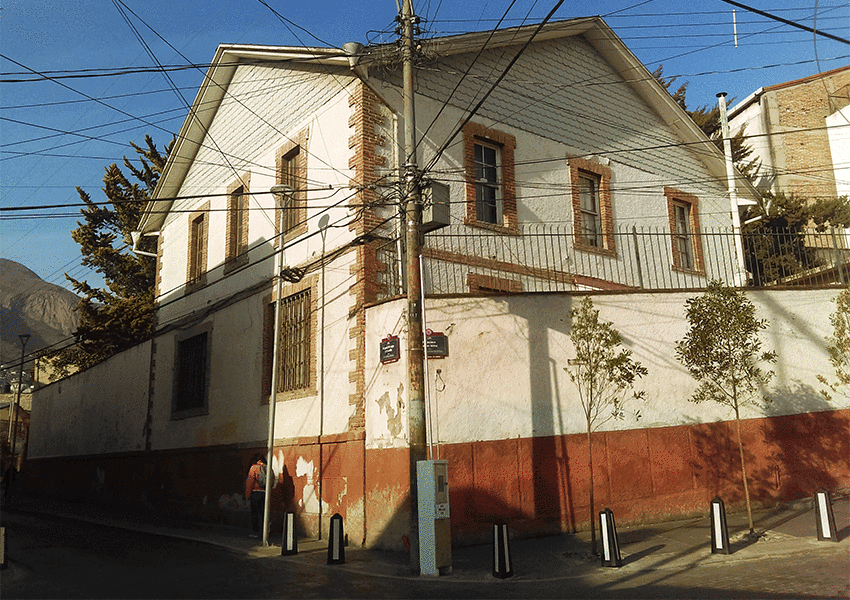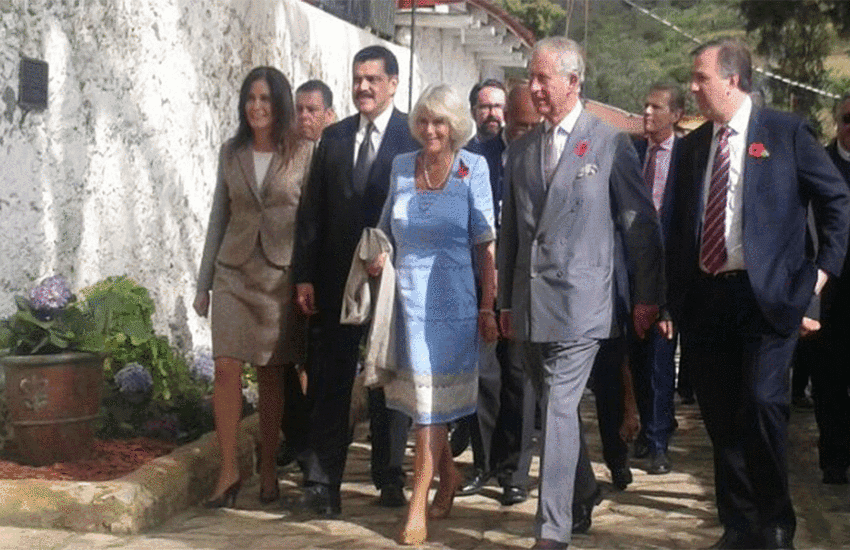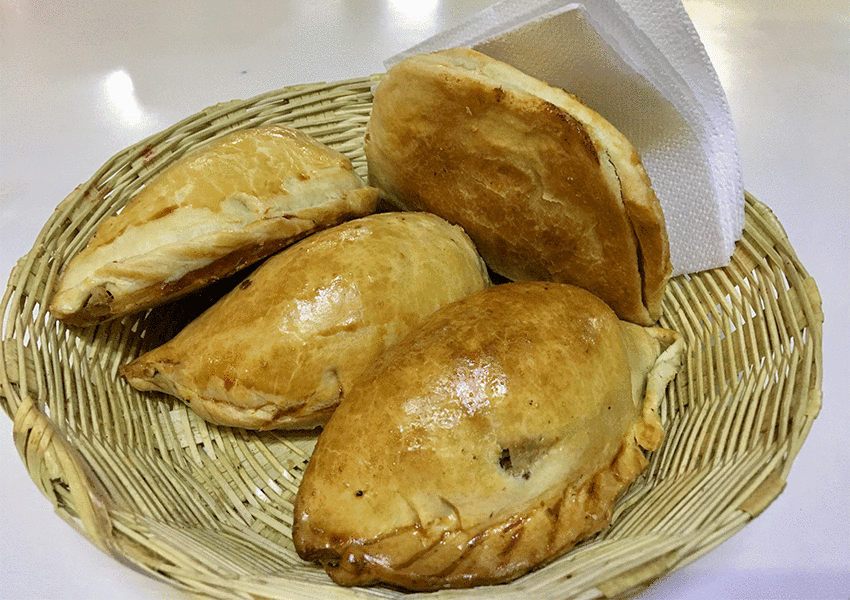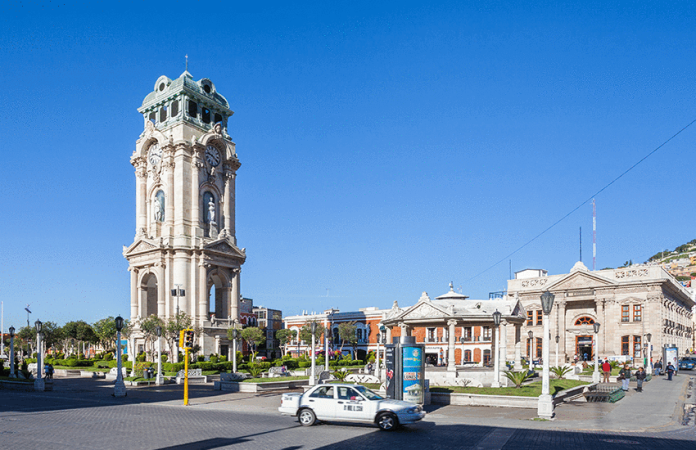No, Pachuca and Real del Monte were not founded or conquered by the British, but these foreigners made such an indelible mark here that “being British” has become part of these towns’ identities.
These neighboring communities are located about three hours north of Mexico City. This region in Hidalgo state has a long history of mining, starting with green obsidian soon after the first humans arrived, through the Mesoamerican period.
This mining abruptly stopped with the Conquest simply because the Spanish had no interest in it. But the discovery of silver in the 1550s caught their attention. By 1560, Pachuca’s population had tripled, putting the area on par with mining communities in Taxco and Zacatecas.
Pachuca and Real del Monte (officially known as Mineral del Monte) would remain important for three centuries, although mining had its ups and downs. One principal reason for this was the exhaustion of accessible ore, given the technology of the time.
Colonial-era mining depended almost entirely on human and animal muscle, and by the War of Independence, these had taken all the ore they could. The new country of Mexico needed to restart mining but did not have modern equipment, so they convinced a group of British investors to form the Caballeros Aventureros de Real del Monte y Pachuca company and bring the technology across the Atlantic.

The first ships carrying steam-powered machinery and 15 Cornish miners arrived at the port of Veracruz in 1824, but the machinery was so heavy and roads so bad that it took almost two years to get to the high mountains of Hidalgo.
The miners felt right at home in the area’s cold and damp climate, and by 1827, there were 3,500 Cornish miners and family members. Despite their numbers, they kept themselves mostly separate, establishing communities such as Straffon, Oliver, Noble, Rule and Ludlow with their own schools, (Protestant) churches and stores.
The British company dominated mining in the state of Hidalgo until 1849 when it went bankrupt. The Mexican-American War was part of the reason, but the reality was that despite the impressive amount of silver, the Caballeros Aventureros never really recovered their astronomical initial investment.
The mine owners were forced to sell to a Mexican enterprise but managed to win a stipulation that their Cornish miners could remain working if they wanted. Most decided to return to England, but some remained as they had strong business and family ties.
The Mexican company found the profits that the British never managed to realize. Pachuca and Real del Monte became extremely important mining centers for the rest of the century, and a target during the Mexican Revolution.
This war disrupted operations yet again, and the Mexicans sold to an American company. The Americans dominated mining in Mexico much like the British had before, but they never had the same cultural impact.

In 1965, with mines once again non-viable, the company fell into the hands of the Mexican government which pretty much meant the end of operations. It would be decades before Pachuca’s economy recovered by shifting to industry, and Real del Monte’s to tourism.
Today, Pachuca is the capital of the state of Hidalgo, its educational and cultural center and one of its most economically diverse. Real del Monte has become a Pueblo Mágico, or Magical Town, promoted for weekend excursions. The forest areas around both places are filled with second homes and cabins for Mexico City residents looking for a quick getaway.
Both places are worthy of visiting as their architecture is a testament to their shared history. The colonial past is best seen in Pachuca, especially at the Caja Real (Royal Vault), a fortress to safeguard the 20% share that the Spanish crown demanded from all mines.
However, Pachuca’s most distinguished architectural landmark is a 40-meter-tall, white volcanic-stone clock tower in the main square. Built between 1904 and 1910 for the centennial of Mexico’s independence, its style pays homage to the area’s British heritage as well as to Mexican history. The clockwork is a replica of that made for London’s Big Ben, made in the same Austrian factory.
It’s not the only British legacy. The Mina La Dificultad in Pachuca, today a mining history museum, was built in the British industrial style. In both Pachuca and Real del Monte, there are houses that would be right at home on the other side of the Atlantic, as well as Methodist and Anglican churches. Real del Monte is home to a noted British cemetery.
Perhaps the most important cultural contribution of Cornish miners to Mexico as a whole is the introduction of football, or soccer. They began playing it soon after their arrival in Pachuca, with formal teams established by the end of the 1830s and the city’s first professional club in 1901. Today, Mexico is one of the more soccer-addicted countries in the world.

Lesser-known is a culinary contribution: the paste (PAH-steh). It is the Mexican take on the Cornish pasty, the food miners brought with them deep underground for the midday meal. The crust of these hand pies has not changed much, but the cooks in Pachuca and Real del Monte have taken quite a few liberties with the fillings.
Savory ones vary, almost always with chile pepper of some kind, and there are even sweet fillings. Their popularity has grown regionally outside of Hidalgo, especially in intercity bus stations in central Mexico because they are cheap and easy to take along for the ride.
Today, you will not hear English spoken in either town, and any signs in the language are created for tourists. But there are a number of prominent families with English last names and some others that can trace their lineage back to the European miners. And the appearance of lighter skin, hair and eyes in some people here indicates the descendants of those Cornish miners who came to Pachuca and Real del Monte.
Leigh Thelmadatter arrived in Mexico 18 years ago and fell in love with the land and the culture in particular its handcrafts and art. She is the author of Mexican Cartonería: Paper, Paste and Fiesta (Schiffer 2019). Her culture column appears regularly on Mexico News Daily.
